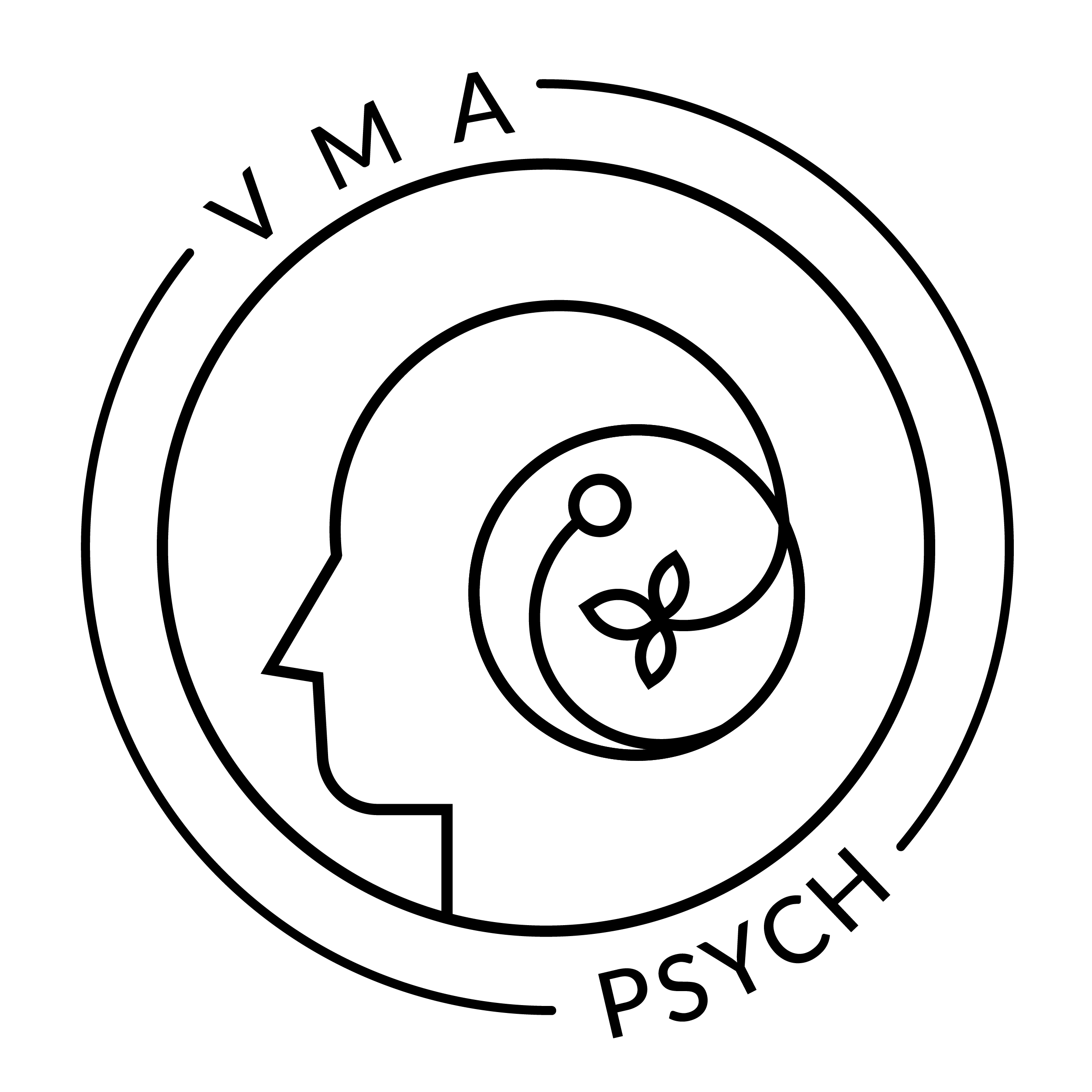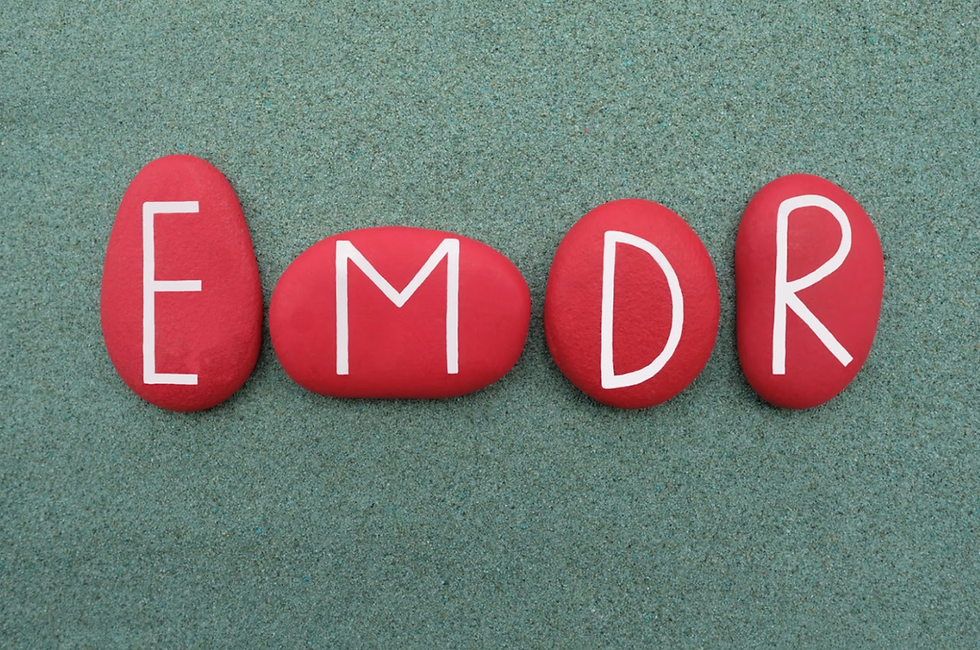
Anxiety is a natural and often necessary part of life, one that we begin learning to manage in childhood. It plays a protective role, alerting us to danger and helping us prepare for challenges. However, when anxiety becomes overwhelming, persistent, or begins to interfere with daily functioning, it may signal a deeper concern. For children, these signs can be subtle and are often misunderstood or mistaken for behavioural issues. At VMA Psych, we believe that recognizing the early signs of anxiety in children is essential for promoting emotional well-being and long-term resilience. In this article, we’ll explore signs of anxiety in children, how it can present differently depending on age and temperament, and when it may be time to seek professional support.
What Is Anxiety?

Anxiety is the body's natural response to stress or perceived danger. It involves feelings of worry, nervousness, or fear, often about a future event or something perceived as threatening. In small doses, anxiety can be helpful, alerting us to danger and helping us prepare for challenges. However, when it becomes chronic, excessive, or irrational, anxiety can interfere with a child’s ability to function.
In children, anxiety disorders are among the most common mental health conditions. According to the Canadian Mental Health Association (CMHA), about 1 in 10 children and youth in Canada are affected by a mental health disorder, and anxiety disorders are among the most prevalent.
For more on the subject of anxiety, check out our article How to Recognize the Difference Between Stress and Anxiety
Common Signs of Anxiety in Children

Anxiety can be difficult to identify in children, as it often presents in ways that are mistaken for behavioural issues, physical illness, or even personality traits. Children may not have the language to articulate their feelings, which makes it important for caregivers to recognize patterns and subtle signs.
Physical Symptoms:
Headaches or stomachaches without a medical cause
Rapid heartbeat or shortness of breath
Sweating, trembling, or dizziness
Trouble sleeping or frequent nightmares
Fatigue or low energy
Emotional and Behavioural Symptoms:
Excessive worry or fear that seems out of proportion to the situation
Clinginess or difficulty separating from caregivers
Avoidance of certain places, people, or activities
Meltdowns or tantrums when faced with specific triggers
Reassurance-seeking or perfectionism
Cognitive Symptoms:
Difficulty concentrating
Negative self-talk (e.g., "I'm going to fail," or "No one likes me")
Trouble making decisions or frequent indecisiveness
Constantly imagining worst-case scenarios
How Anxiety Presents by Age
Anxiety symptoms often differ depending on a child’s age and developmental stage. Understanding these age-specific signs can help parents and educators respond effectively.
1. Preschool and Early Elementary (Ages 3–7)

Separation anxiety: crying, clinging, or tantrums when separating from caregivers
Sleep disruptions or nightmares
Frequent complaints of stomach aches or not feeling well
Fear of imaginary creatures or the dark
2. Middle Childhood (Ages 8–11)

Perfectionism or excessive concern about school performance
Avoidance of social situations or activities
Increased irritability or anger when anxious
Frequent reassurance-seeking from adults
3. Teenage Years (Ages 12-19)

Withdrawal from friends or activities they previously enjoyed
Self-criticism or expressions of low self-worth
Substance use or risk-taking behaviours (as a way of coping)
Panic attacks or intense episodes of fear and physical symptoms
Types of Anxiety Disorders in Children
Understanding the different types of anxiety disorders can help caregivers identify the nature of their child's difficulties. Some common types include:
Generalized Anxiety Disorder (GAD): Persistent and excessive worry about a variety of everyday things, such as school performance, health, or world events.
Social Anxiety Disorder: Intense fear of social situations, being judged by others, or embarrassing oneself. Children may avoid school presentations, parties, or group activities.
Separation Anxiety Disorder: Excessive fear of being apart from caregivers, often resulting in school refusal or physical symptoms during transitions.
Specific Phobias: An intense, irrational fear of a particular object or situation (e.g., animals, needles, storms).
Panic Disorder: Recurrent panic attacks with sudden episodes of intense fear and physical symptoms such as dizziness, heart palpitations, or shortness of breath.
Selective Mutism: Consistent failure to speak in certain social situations despite speaking in others (e.g., talking at home but not at school).
When to Seek Help
Occasional anxiety is part of normal development, but if a child's fears or worries:
Are intense and disproportionate
Last for more than a few weeks
Interfere with school, friendships, or family life
Cause significant distress or avoidance behaviour
...then it may be time to consult with a mental health professional.
How Parents Can Help
Supporting a child with anxiety starts with creating a safe, understanding environment and learning how to respond in ways that promote resilience.

Here are some strategies:
1. Validate Their Feelings: Let your child know it's okay to feel anxious and that their emotions are real and important. Avoid dismissing their worries, even if they seem small.
2. Encourage Gradual Exposure: Help your child face their fears slowly and step-by-step, rather than avoiding anxiety-provoking situations. Praise their efforts, not just outcomes.
3. Teach Calming Strategies: Introduce age-appropriate coping techniques such as deep breathing, progressive muscle relaxation, or mindfulness exercises.
4. Maintain Routines: Consistency helps children feel secure. Try to keep regular routines for meals, sleep, and school.
5. Model Healthy Coping: Children often learn from watching adults. Demonstrate how you handle stress or disappointment in healthy ways.
6. Limit Reassurance: While it's natural to want to comfort your child, constant reassurance can reinforce anxiety. Instead, help them problem-solve and build confidence.
Professional Support Options
If you’ve noticed signs of anxiety in your child, know that early support can make a lasting difference. While some children may grow out of occasional worries, persistent anxiety often benefits from thoughtful intervention. At VMA Psych, we offer a range of services to help children and their families better understand and manage anxiety:
A Helpful Resource for FamiliesA great starting point for families is the book What to Do When You Worry Too Much: A Kid’s Guide to Overcoming Anxiety by Dr. Dawn Huebner. This evidence-based resource uses child-friendly language and cognitive behavioural therapy (CBT) principles to teach kids effective strategies for managing worry. It can be a valuable tool for parents to use alongside professional support. For more on the subject, you can also check out our list of The 15 Best Social Anxiety Books.
Psychoeducational AssessmentsIf you’re unsure whether your child’s anxiety is linked to other challenges, such as learning differences, attention issues, or emotional regulation difficulties, a psychoeducational assessment may provide important answers. These comprehensive assessments help identify the underlying factors affecting your child’s functioning at school and at home. Early assessment means earlier intervention, which is key to long-term success and well-being.
Counselling and Parent Coaching ServicesOur child and youth counselling services offer children a safe and supportive space to explore their feelings, build coping strategies, and increase their sense of control. In addition, our Parent Coaching program helps caregivers better understand anxiety and how to support their child with confidence and compassion. Together, these services provide a coordinated, family-centred approach that empowers both children and the adults who care for them.
Final Thoughts

Recognizing anxiety in children isn’t always straightforward, but early identification and compassionate support can make all the difference. At VMA Psych, our team of Psychologists, Registered Psychotherapists, and Child and Youth Care Practitioners is here to help your child feel seen, safe, and supported every step of the way.
If you're concerned about your child's anxiety, reach out. We are here to help you better understand their needs and walk with you through next steps.
Get Support with VMA Psych
At VMA Psych, we provide compassionate, evidence-based care to individuals across Ontario, both virtually and in person. Our clinicians offer therapy, assessments, and specialized services to help children, youth, and adults better manage stress, anxiety, and other mental health concerns.
Welcome to VMA Psych.
Your trusted provider of exceptional mental health services in the GTA & beyond. Learn More
With 40+ years as Toronto's leading psychologists, we guide individuals through life's complexities, offering specialized services for a brighter future.





















